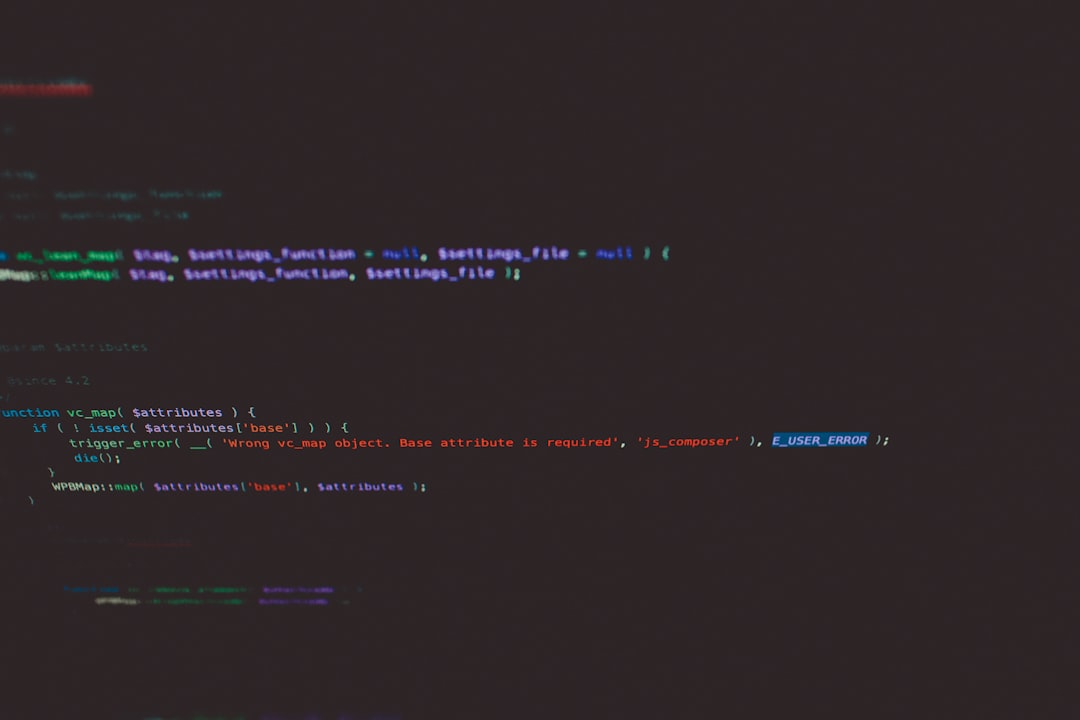Modern web performance standards demand not only speed and responsiveness but also high-quality visuals that load quickly and efficiently. One of the most effective ways to optimize visual content is by leveraging next-generation image formats such as WebP, AVIF, and JPEG 2000. However, many website owners worry about implementing these modern formats without disrupting their existing SEO efforts. The good news is that next-gen images and SEO can harmoniously coexist—if done correctly.
What Are Next-Gen Image Formats?
Next-gen image formats are advanced picture encoding technologies that deliver superior compression compared to traditional formats like JPEG and PNG. This means smaller file sizes without significant loss in quality, which translates to faster load times and improved user experience.
- WebP: Developed by Google, it offers lossy and lossless compression with support for transparency and animation.
- AVIF: A more advanced format based on AV1 video encoding, known for high compression rates and quality retention.
- JPEG 2000: An image format providing advanced compression and image fidelity, though less commonly supported across browsers.

Why Speed and SEO Go Hand in Hand
Website speed is a critical factor in SEO rankings. Google emphasizes pagespeed as a key ranking signal, especially for mobile users. Next-gen formats contribute significantly to faster loading times, which enhances:
- User engagement: Faster websites reduce bounce rates and increase average session duration.
- Mobile experience: Compressed images load quicker on cellular networks, vital for mobile-first indexing.
- Crawling efficiency: Lightweight image files mean quicker indexing by search bots.
However, blindly replacing every image with a next-gen version can cause accessibility issues and indexing failures if not configured properly.
Implementing Next-Gen Images Without Harming SEO
To adopt modern image formats while safeguarding your SEO, you need a proactive and strategic approach that includes fallback mechanisms and semantic HTML usage.
1. Use the <picture> Element
The <picture> tag enables you to define multiple image sources. Browsers will select and display the first format they support, while unsupported formats gracefully degrade to standard image types.
<picture> <source srcset="image.webp" type="image/webp"> <source srcset="image.jpg" type="image/jpeg"> <img src="image.jpg" alt="Description of image"> </picture>
This setup ensures that search engines and users who cannot load next-gen formats still see the image as intended and helps maintain image indexing by search engines.
2. Maintain Alt Text and Descriptive File Names
Search engines use alt attributes and descriptive filenames to understand the content of images. Switching formats should never come at the cost of losing this semantic information.
- Use concise alt text: Describe what’s in the image for screen readers and crawlers.
- Use SEO-friendly file names: Include keywords where appropriate without keyword stuffing, e.g.,
red-running-shoes.webp.
3. Implement Lazy Loading
Although this is not format-specific, lazy loading complements next-gen images by delaying the loading of images until they’re about to enter the viewport, further enhancing performance.
<img src="image.webp" loading="lazy" alt="Your image description">
This method significantly speeds up the initial page load time and reduces bandwidth consumption.
Tools to Convert and Serve Next-Gen Images
There are several reliable tools and plugins that automate converting images to next-gen formats and ensure they’re delivered with fallbacks:
Online Tools:
CMS and Framework Plugins:
- WordPress: ShortPixel, Imagify, or WebP Express plugins
- Next.js: Built-in
next/imagecomponent supports automatic WebP and AVIF
CDNs with Image Optimization:
- Cloudflare Image Resizing
- ImageKit
- Cloudinary

SEO Considerations When Migrating
While next-gen formats can speed up websites significantly, there are certain SEO best practices to follow during the migration:
- Check browser compatibility: Not all web browsers support every next-gen format. Always use fallbacks with the
<picture>element. - Don’t block crawlers: Ensure robots.txt does not block directories where you store or serve images.
- Keep consistent URLs: If you change file names or locations, implement 301 redirects to preserve link equity.
- Update structured data: If you’re using schema markup with image URLs, ensure image references match the actual displayed format.
How It Impacts Core Web Vitals
Google’s Core Web Vitals include metrics like Largest Contentful Paint (LCP) and Cumulative Layout Shift (CLS). Optimizing images—especially above-the-fold content—can significantly improve these scores, thereby boosting page experience rankings.
- Reduce LCP: Serve compressed, mobile-first images with next-gen formats to improve loading time of primary imagery.
- Lower CLS: Specify image dimensions in HTML to prevent layout changes during loading.
By compressing images efficiently and delivering them conditionally based on browser support, you’re future-proofing content delivery and meeting the benchmarks Google sets for speed and quality.
Common Mistakes to Avoid
- Serving next-gen images without fallback options
- Using non-descriptive or generic alt text
- Over-optimizing to the point of quality degradation
- Ignoring analytics tracking on image changes
- Overlooking image sitemap updates
FAQ: Serving Next-Gen Images Without Breaking SEO
- Q: Will search engines index WebP and AVIF images?
- A: Yes, most search engines can index WebP images if they are properly embedded using the
<picture>or regular<img>tags. AVIF support is improving but still not universal; always include fallback image formats. - Q: Can I use only WebP without losing SEO rankings?
- A: Not advisable. While Googlebot supports WebP, some users and crawlers may not. Always supply fallback formats.
- Q: Do next-gen image formats improve my Core Web Vitals?
- A: Absolutely. Smaller, compressed images reduce LCP and improve TTI (Time to Interactive), positively affecting Core Web Vitals.
- Q: Should I update my XML sitemap with new image formats?
- A: If you’re changing file paths or filenames, yes. XML sitemaps must reflect accurate URLs for image indexing.
- Q: Are plugins safe to use for automatic image conversion?
- A: Generally, yes. Ensure they maintain alt attributes and filenames, and always test their functionality in staging before live deployment.
Serving next-gen images like WebP and AVIF is a smart move toward performance optimization—just make sure it’s paired with a robust SEO strategy. With proper implementation, your website can enjoy faster load times and higher search rankings without compromising user experience or discoverability.

